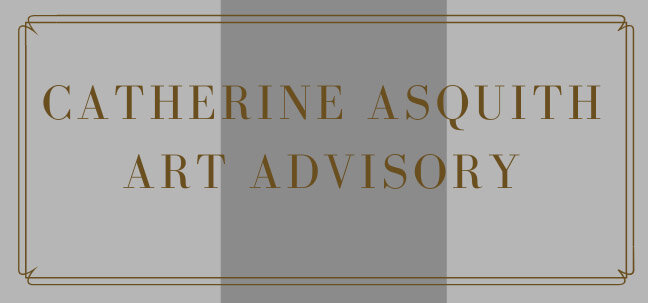Believe it or not, art is an asset. And like any asset, such as your car, your home, or your stamp collection, you insure it. Interestingly as soon as one acquires one of these items, one automatically seeks the advice of an advisor or broker to ascertain adequate insurance and annual premiums ensure thereafter. Yet, the same cannot be said for art.
Speaking with my insurance broker on a somewhat frequent basis, I am always surprised to hear how infrequent his clients seek the advice of a professional when estimating the value of their art collection; the consequences of not having an up to date valuation, and therefore a current value, can mean the difference between being reimbursed for loss or damage appropriate to its market value or incurring a loss on that initial investment.
Obtaining a professional appraisal of your artwork operates in much the same way as seeking a value for other assets. Credentials should be assessed; market sector and speciality experience should be examined together with the level of tertiary qualifications and membership with an industry association, such as the Art Consulting Association of Australia (ACAA).
Most importantly, seeking the services of an independent, objective and impartial professional will result in a more accurate valuation, and without the potential bias of an invested interest in the artwork and therefore its value.
There are a number of attributes which an experienced appraiser will utilise in order to determine the value of your artwork:
- Authenticity - discernment of a signature, title or date, original sale documentation;
- Quality - consideration of the artist’s period in which the work was executed; composition, palette and technical prowess;
- Rarity - how many works by this artist are available on the open market;
- Limited Edition Prints (if applicable) – the breadth of the edition for the work; available prints in the edition;
- Condition – the archival stability of the work and framing quality, i.e. is the artwork in its original frame?;
- Provenance – probably one of the most crucial factors in the overall valuation process, “provenance” equates with the artwork’s ‘history’, i.e. from artist’s studio to gallery exhibition to auction house sale; and includes discerning any notable non-commercial exhibitions in which the artwork was included, for example, a ‘survey’ exhibition at a regional gallery, in addition to any publications in which the artwork was illustrated or discussed;
- Market – does the artist have an auction record? Sales rates for the artist in either the primary or secondary markets.
Additionally, depending upon the nature of the valuation, i.e. the artwork is being considered for a charitable contribution or gift, or the artwork is part of the asset pool in a Family Law property dispute, the valuation may also include consideration of future capital gains tax issues.
Valuing your art necessitates the same respect as valuing your other lifetime assets. Regular, up to date valuations of your artworks are an important adjunct to the ongoing maintenance and accurate documentation of your collection.
Seeking the advice and services of an experienced and knowledgeable professional is a critical step in the provision of an accurate art valuation. Catherine Asquith Art’s valuation services offer new and established collectors a comprehensive appreciation of their collection, its current parameters and indeed, future directions.
Catherine Asquith has been working within the Australian art market, and more recently, the Asian art market, across both the primary and secondary sectors for the past twenty years and is a member of the Art Consulting Association of Australia (ACAA).

